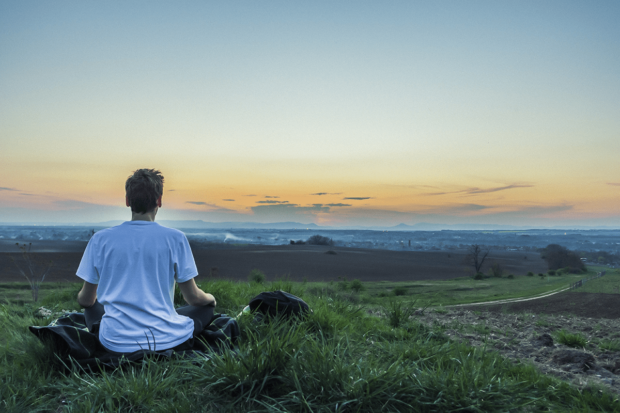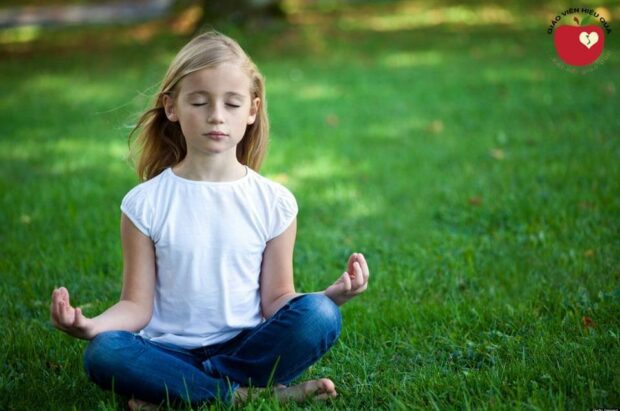WHAT ARE THE MAIN BENEFITS OF MEDITATION?
There are more and more scientific studies that affect the benefits of meditation at the mental level. These are the most relevant:
- Decreases anxiety and stress.
- Improves concentration, thus combating one of the great problems of contemporary society.
- Improves the general mood and provides greater emotional stability.
- Improves the quality of sleep. Indeed, practicing meditation to sleep better is an excellent tool for those who suffer from insomnia.
- Meditating makes us more empathetic and strengthens the learning capacity.
Recent research, such as the one carried out by the University of Wisconsin together with 19 other universities and a hundred Buddhist monks, in which the brains of these religious used to meditating were compared with those of different university students, show that meditation provides also important benefits at the body level. Among them:
- The activation of certain areas of the brain.
- The reduction of blood pressure.
- The relaxation of muscular tensions.
Logically, meditation is not magic. So if you want to start noticing some of its benefits, continued practice will be essential. Others, on the other hand, such as the reduction of stress and anxiety, you will begin to experience them now.

WHAT DO YOU NEED TO LEARN TO MEDITATE?
- Constancia. Especially at the beginning, when the mind flies towards our recurring thoughts and we still have a hard time believing in their usefulness.
- A quiet place. Don’t worry, you can create your own meditation space at home. It is enough that the selected corner is pleasant and is safe from interruptions. A mat or cushion will help you feel comfortable. Likewise, having a blanket at hand is never too much in winter, as well as a candle, because, even with our eyes closed, it will contribute to our relaxation.
- Comfortable clothes. The wider the better. Away with shoes, tight pants, and watches!
WHAT DO YOU NEED TO LEARN TO MEDITATE?
- Constancy. Especially at the beginning, when the mind flies towards our recurring thoughts and we still have a hard time believing in their usefulness.
- A quiet place. Don’t worry, you can create your own meditation space at home. It is enough that the selected corner is pleasant and is safe from interruptions. A mat or cushion will help you feel comfortable. Likewise, having a blanket at hand is never too much in winter, as well as a candle, because, even with our eyes closed, it will contribute to our relaxation.
- Comfortable clothes. The wider the better. Away with shoes, tight pants, and watches!
HOW TO MEDITATE?

- Sit with your back straight, avoiding tension in the neck and shoulders. You usually meditate sitting on the floor (on a mat or cushion). However, you can also do it sitting in a chair and even lying on the bed.
- Focus on your breathing. You can focus your thoughts on inhaling air through your nose and then expelling it through your mouth.
- Tolerate thoughts that take you away from your breath. It is normal for everyday worries or other thoughts to “creep” into your meditation. Don’t judge them. Just identify them, let them go, and come back to the breath.
Focusing on the breath is not the only method that exists to meditate, you can also resort to mantras or mentally walk your body. However, it is surely the simplest procedure when learning to meditate, so let’s start here.
WHAT TIME DO I NEED TO MEDITATE?
Very little. If you do your research on the internet, you will find hundreds of 10-minute guided meditations.
Indeed, ten minutes a day could be a good starting point. Later, when you have developed your ability to concentrate and are aware of the benefits, you can probably meditate for 20 or 30 minutes without much effort.
WHAT ARE THE MOST COMMON MEDITATION TECHNIQUES?
- Vipassana meditation. Coming from India, it is one of the oldest meditation techniques and is based on self-observation. However, the courses to get started in it (at least the most orthodox ones) are quite demanding, as they last several days in which it is not allowed to speak, write, read or sign.
- Mindfulness meditation. Although it comes from Vipassana meditation, it is a more relaxed version and therefore ideal for beginners. Mindfulness meditation focuses on mindfulness and being focused on the present, or as they say, the “here and now.”
- Guided meditation. The digital age has greatly increased the possibilities to start this millenary practice since on our smartphone we can find videos with guided meditations and applications that will make the process even easier since we will only have to follow their instructions.
LEARNING TO MEDITATE WITH MUSIC: YES OR NO?
It is another alternative that helps many in the process of learning to meditate. If you find yourself having trouble relaxing at first, find meditation music and try it. It is well known that music, with its harmonies, is capable of inducing us to certain states of mind.
In this sense, New Age music, natural sounds, mantras, Tibetan bowls, and even classical music can help improve our relaxation. Of course, we should not set it too high, it will be enough to reproduce it as a simple background accompaniment.
If you have come this far, it is because you really want to learn to meditate. With all these meditation techniques for beginners, you are just one step away from starting to experience a great inner change.
We found a powerful mantra for your meditation:



